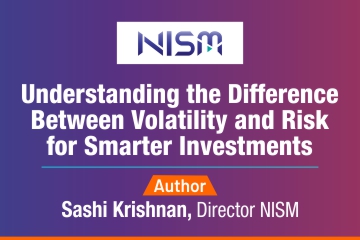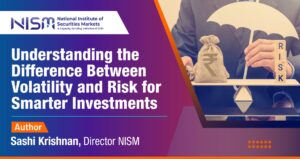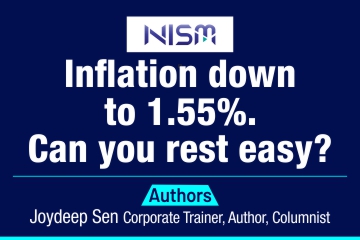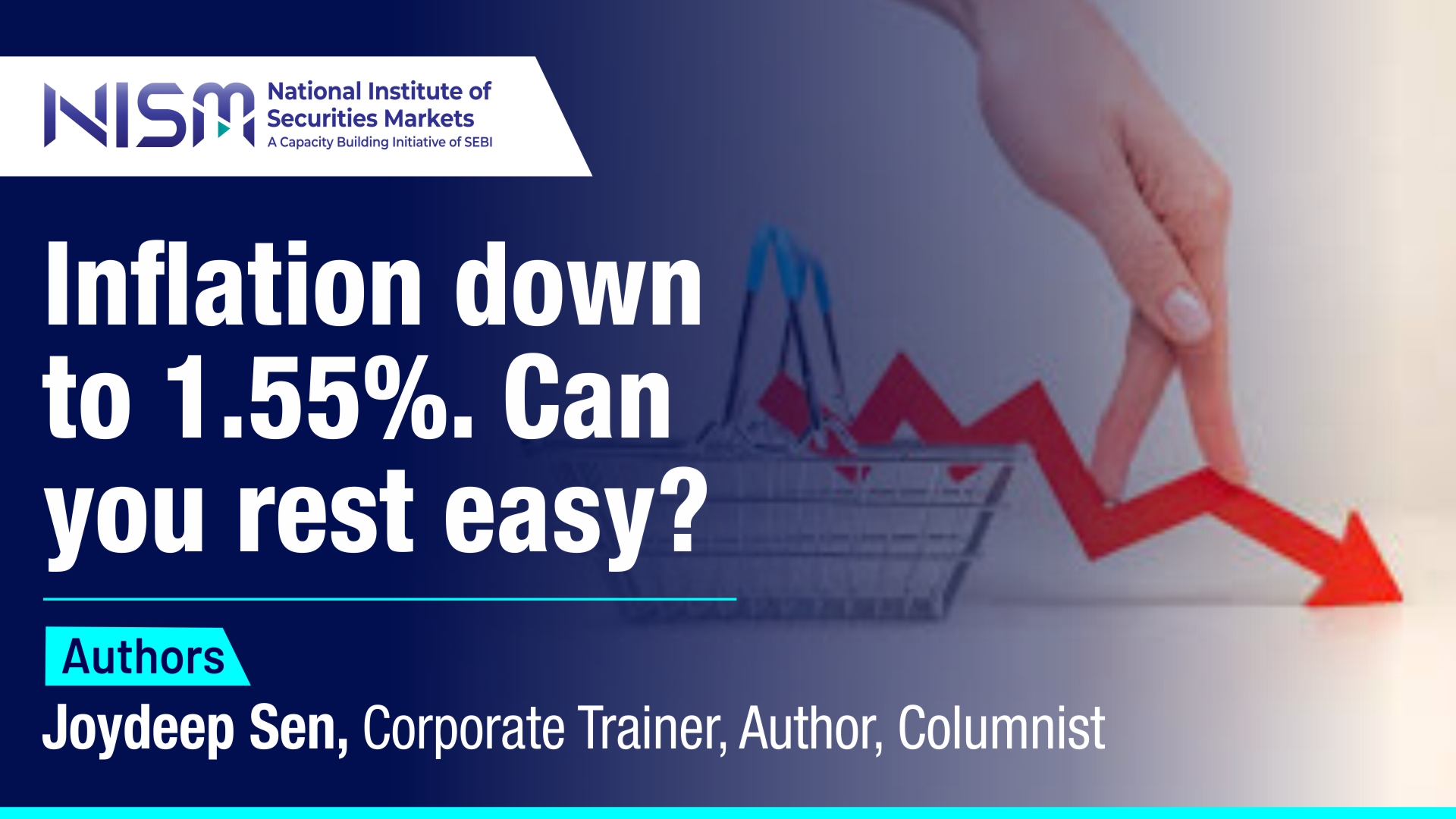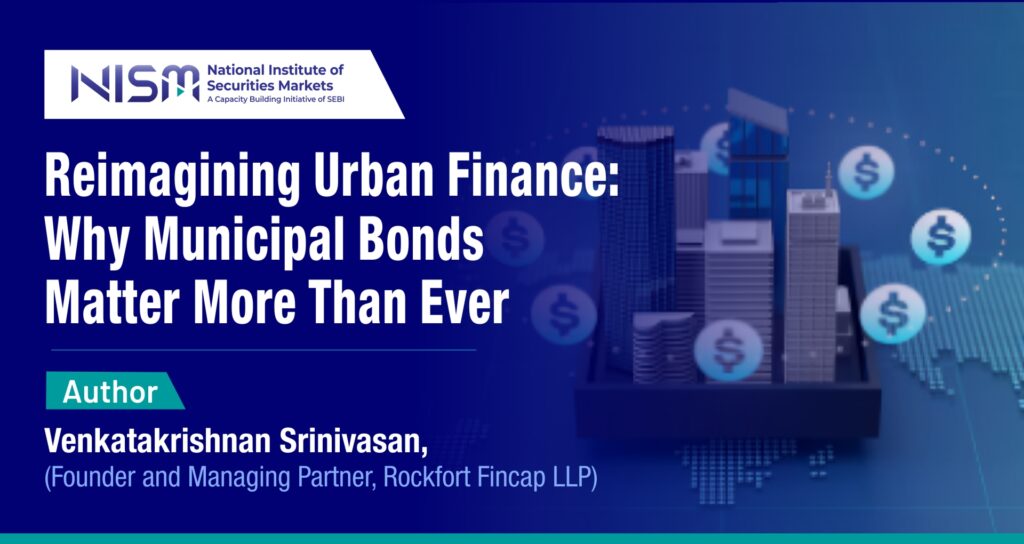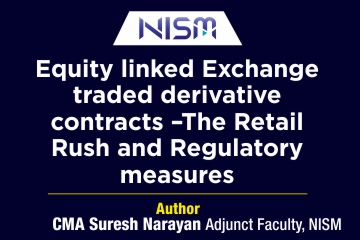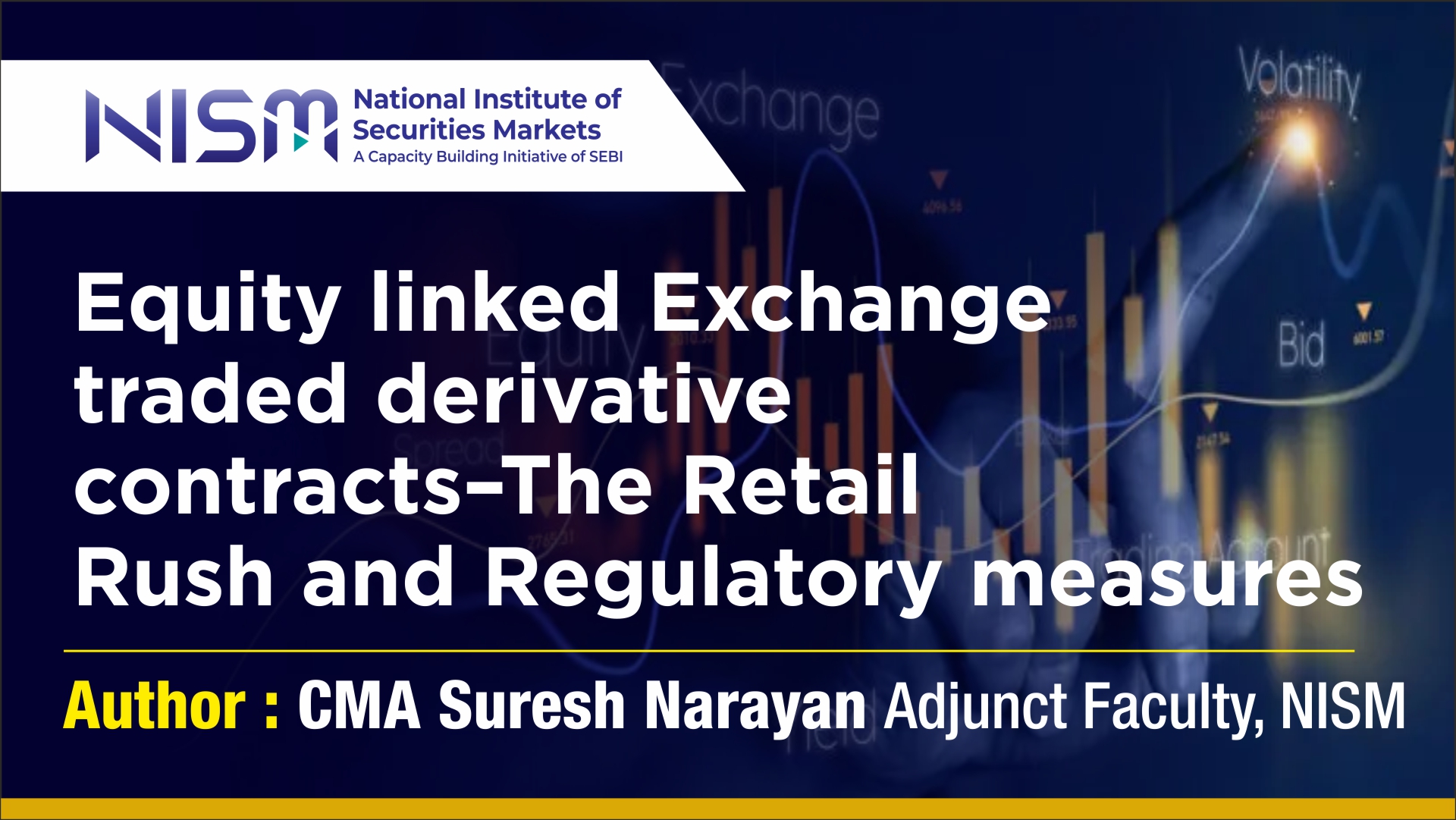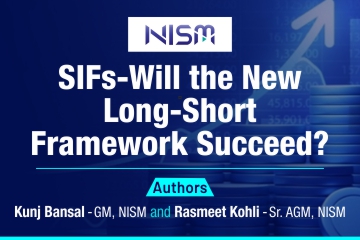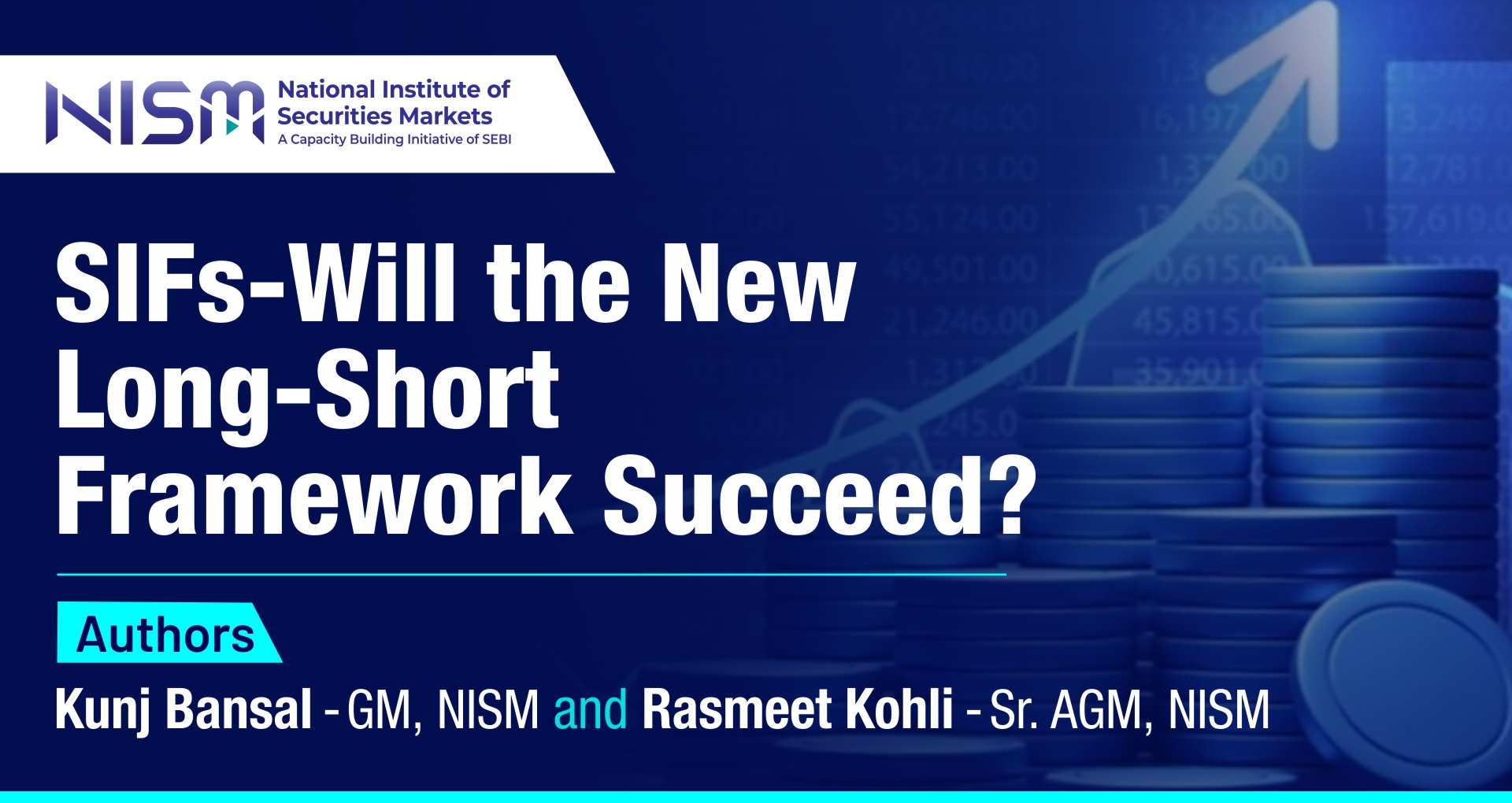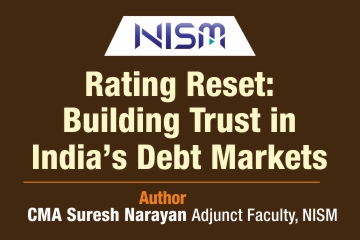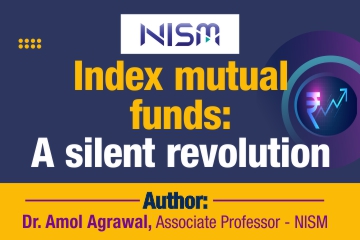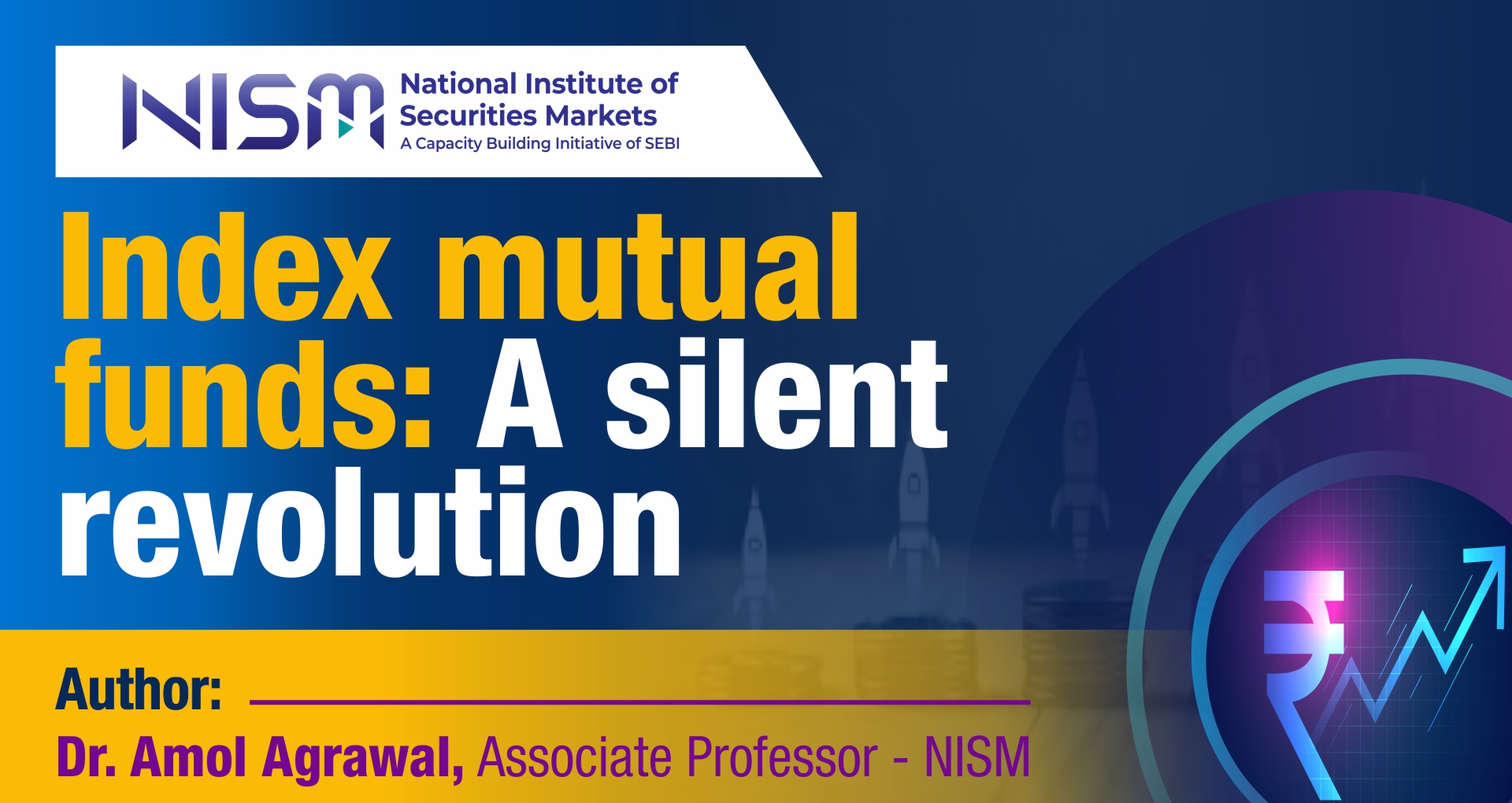
As investors, we often judge performance on monthly (MoM), Quarterly (QoQ) and year-on-year (YoY) statistics. It feels natural to look back at how our portfolio did in the immediate past including past 3,6,12 months. But wealth is not created in tidy annual snapshots. True compounding only reveals itself over decades.
For Indian investors, this lesson is even more relevant today. With the economy set to double in size over the next 5-7 years, the greatest rewards will accrue to those who can hold on through the noise and let time do the heavy lifting.
The Short-Term Trap
Markets in the short run swing wildly with headlines like elections, global oil prices, central bank commentary, geopolitical events, political instability, quarterly results. These movements often appear significant when viewed in isolation and would look very sudden, negative and often repetitive, but they rarely impact the long-term earnings power of India’s strongest companies.
Relying on YoY returns alone often leads to:
- Knee-jerk reactions: Selling in panic during corrections or buying in greed at market peaks.
- Over-trading: Constantly shuffling portfolios or portfolio managers in search of quick gains, eroding compounding.
- Myopic focus: Missing the broader structural story unfolding over decades.
What the Long-Term Data Tells Us
- Nifty 50 – odds improve with time
- Over 10-year rolling periods, the Nifty 50 Total Return Index (TRI) has delivered an average CAGR of ~14-15%.
- In nearly half of all 10-year windows, returns were above 15% CAGR.
- The probability of positive returns approaches 100% once holding periods extend beyond 5 years.
- Recoveries from crises
- 2008 Global Financial Crisis: Nifty 50 TRI fell about -64% from peak to bottom, but patient investors saw the index reclaim highs within a few years.
- COVID-19 (2020): Nifty slipped nearly -38% in March 2020 but regained pre-COVID highs by November 2020 – a recovery in just 231 days.
- Wealth multiplier over three decades
- The Sensex moved from ~3,000 in 1995 to around 80,000 in 2025 – a 25× wealth multiplier even before dividends.
- Since its inception (base 100 in 1979), Sensex has compounded at roughly 18.6% per annum, one of the strongest long-term returns globally.
The message is clear: Its Boring, but it works, the longer the horizon, the lesser the role of luck and the greater the power of fundamentals.
Why Decades Matter for India
India’s structural drivers are best understood over 10–20 year lenses:
- Demographics: A median age of 28 ensures sustained consumption growth.
- Digitalization: GST, UPI and digitalization are expanding the tax base and deepening credit.
- Domestic consumption and Capex Cycle: Infrastructure, manufacturing, green energy – these are long-gestation investments and the shift from lower middle class to middle class will boost income and consumption.
- Domestic flows: With SIP inflows now above ₹20,000 crore a month, Indian households are committing capital for decades, not years. The MF AUM totals around a third of total bank deposits, a trend worth noticing.
How to Separate Noise from Fundamentals
- Follow earnings, not headlines. Like movies are all about Entertainment, Entertainment, and Entertainment. Returns are also all about Earnings, Earnings and Earnings. Quarterly surprises matter only if they alter long-term earnings growth.
- Use rolling returns. Look at 10-year rolling outcomes, not one-year snapshots.
- Stay disciplined. SIPs and systematic asset allocation reduce the urge to time the market. Keep investing and stay invested.
- Think in decades. A bad year or even two is insignificant in a 30-year compounding journey. Think about getting a bad grade in a unit test in college vs. preparing for an ivy league college.
The Power of Compounding
₹10 lakh invested at 12% CAGR grows to:
- ₹31 lakh in 10 years
- ₹96 lakh in 20 years
- ₹3 crore in 30 years
The real magic happens in the second and third decade. That is when compounding turns exponential. The first decade is to test your patience, the second is to test your discipline and the third decade is to reward your patience.
Closing Thought
India’s story is not about quarters or even years – it is about decades. GDP will double, corporate earnings will multiply, and investors who stay the course will witness the true power of compounding. Compounding is no doubt the only lesson worth learning and no less than a wonder in the world of investing.
YoY returns may create headlines. But decadal returns create wealth. The patient investor, who filters noise and stays invested in India’s growth story, will be the real beneficiary.
Author: Mr. Biharilal Deora, Director Abakkus




